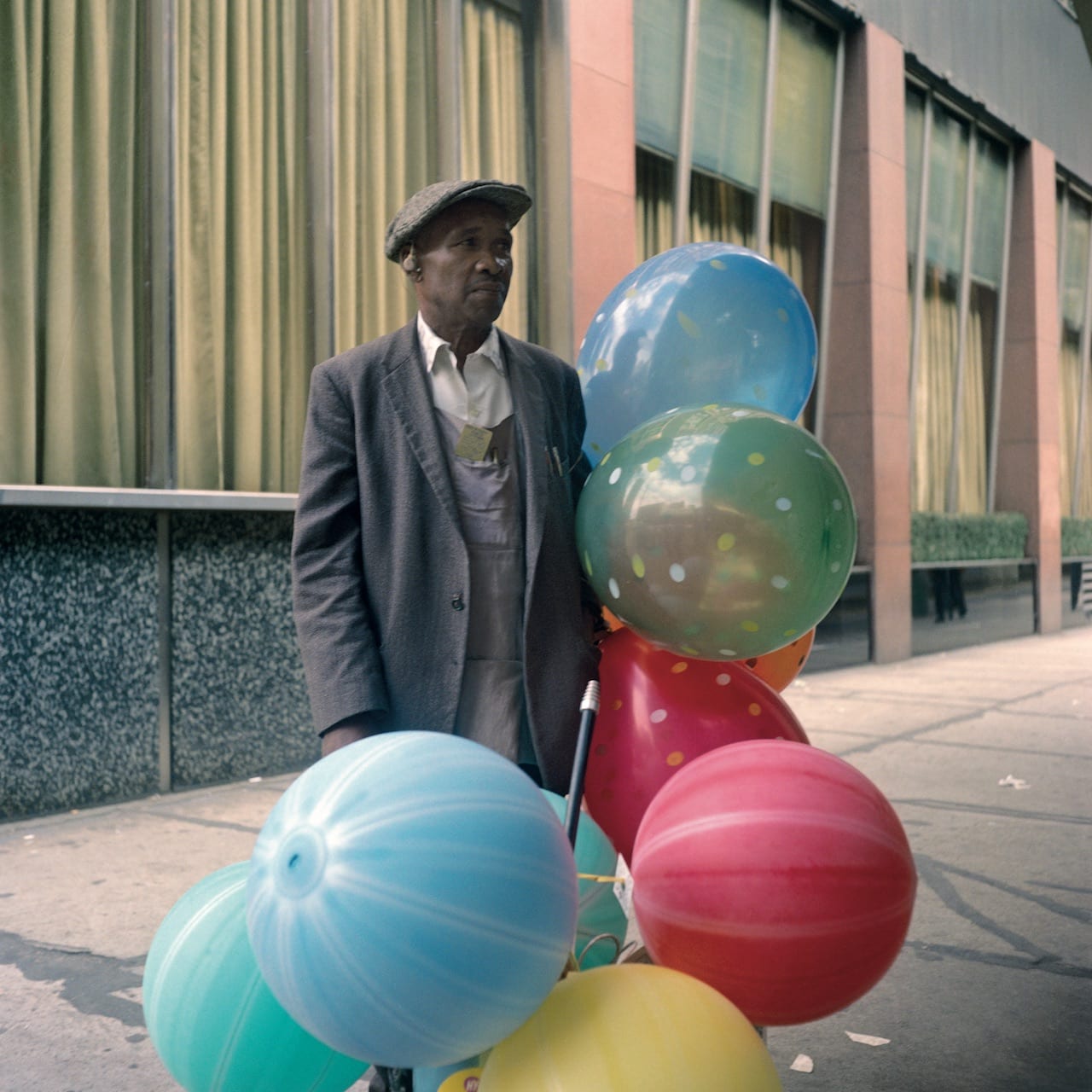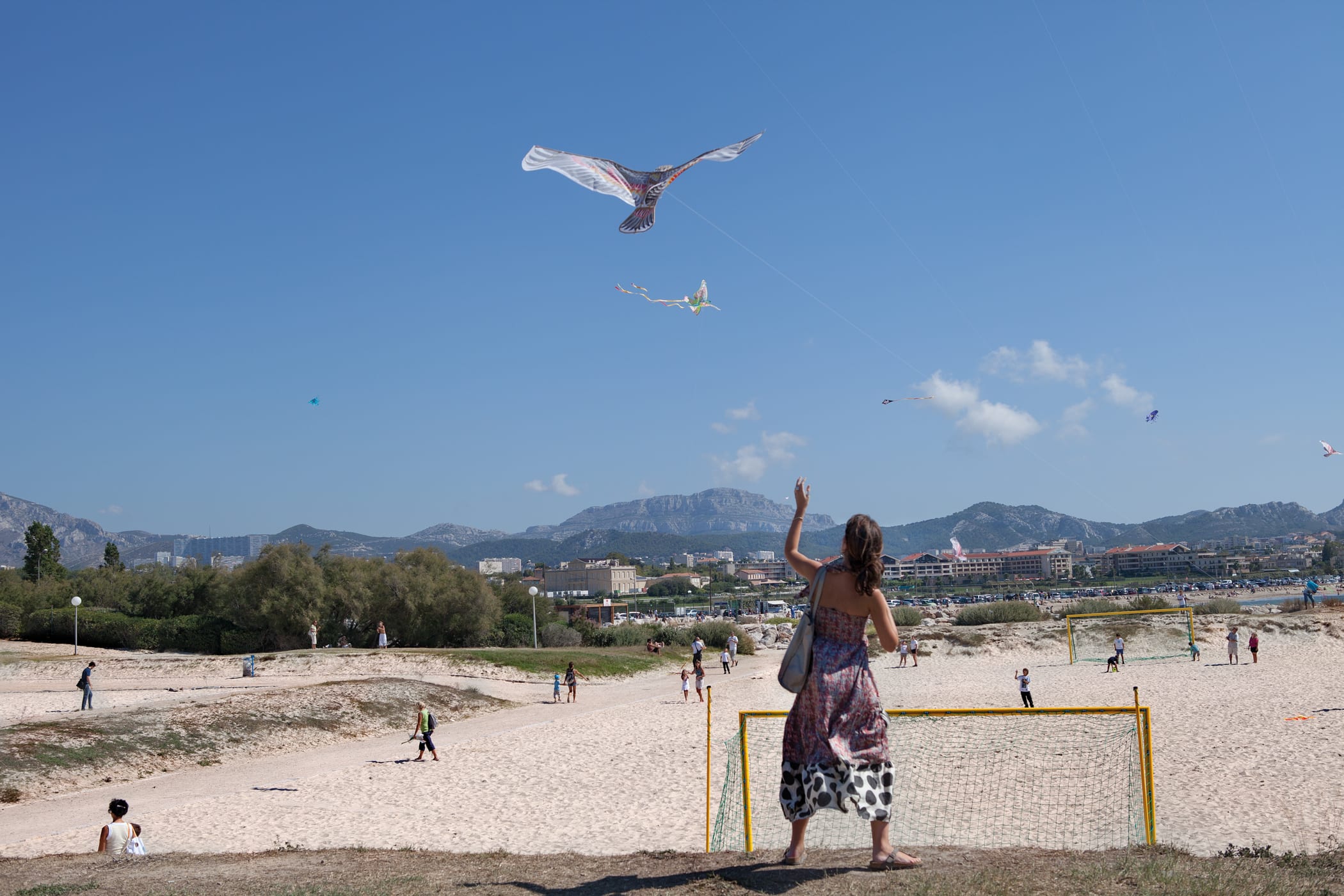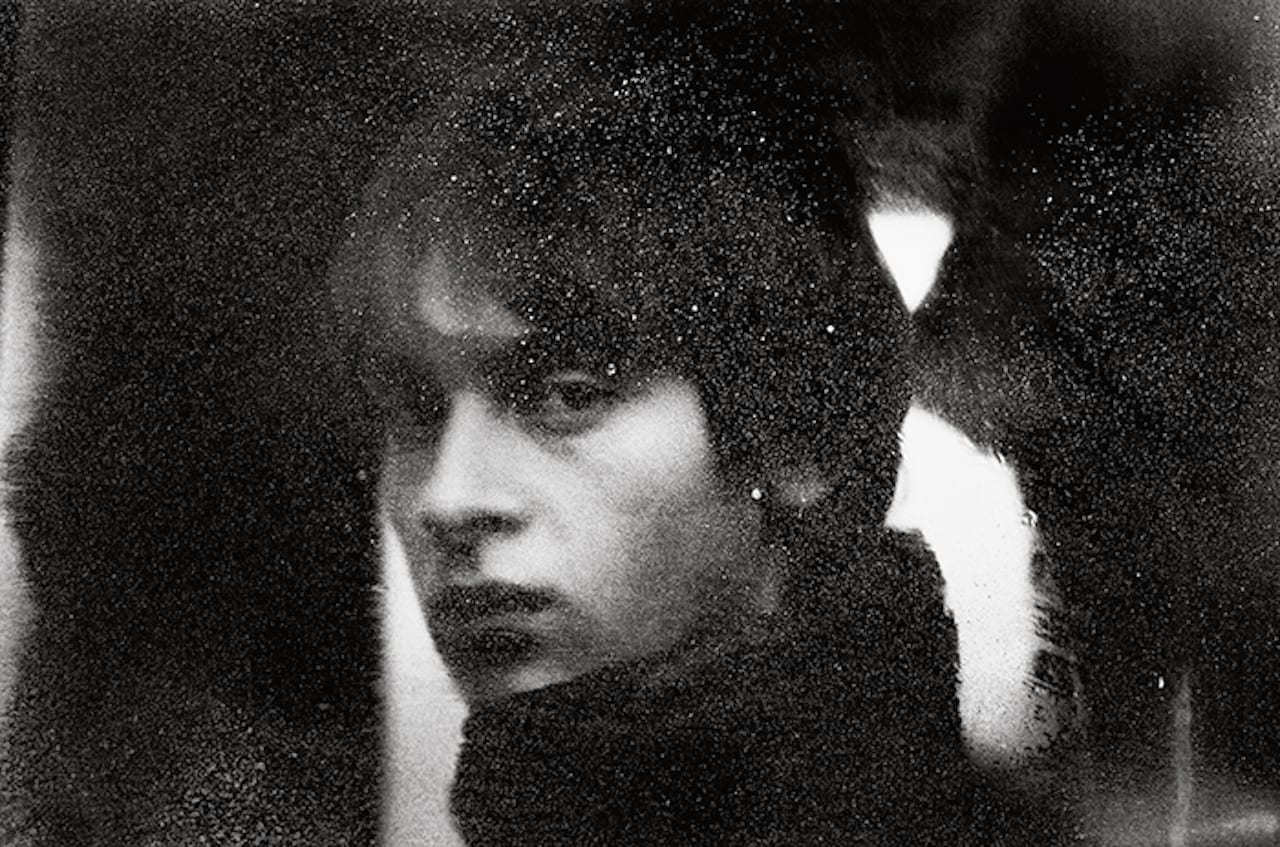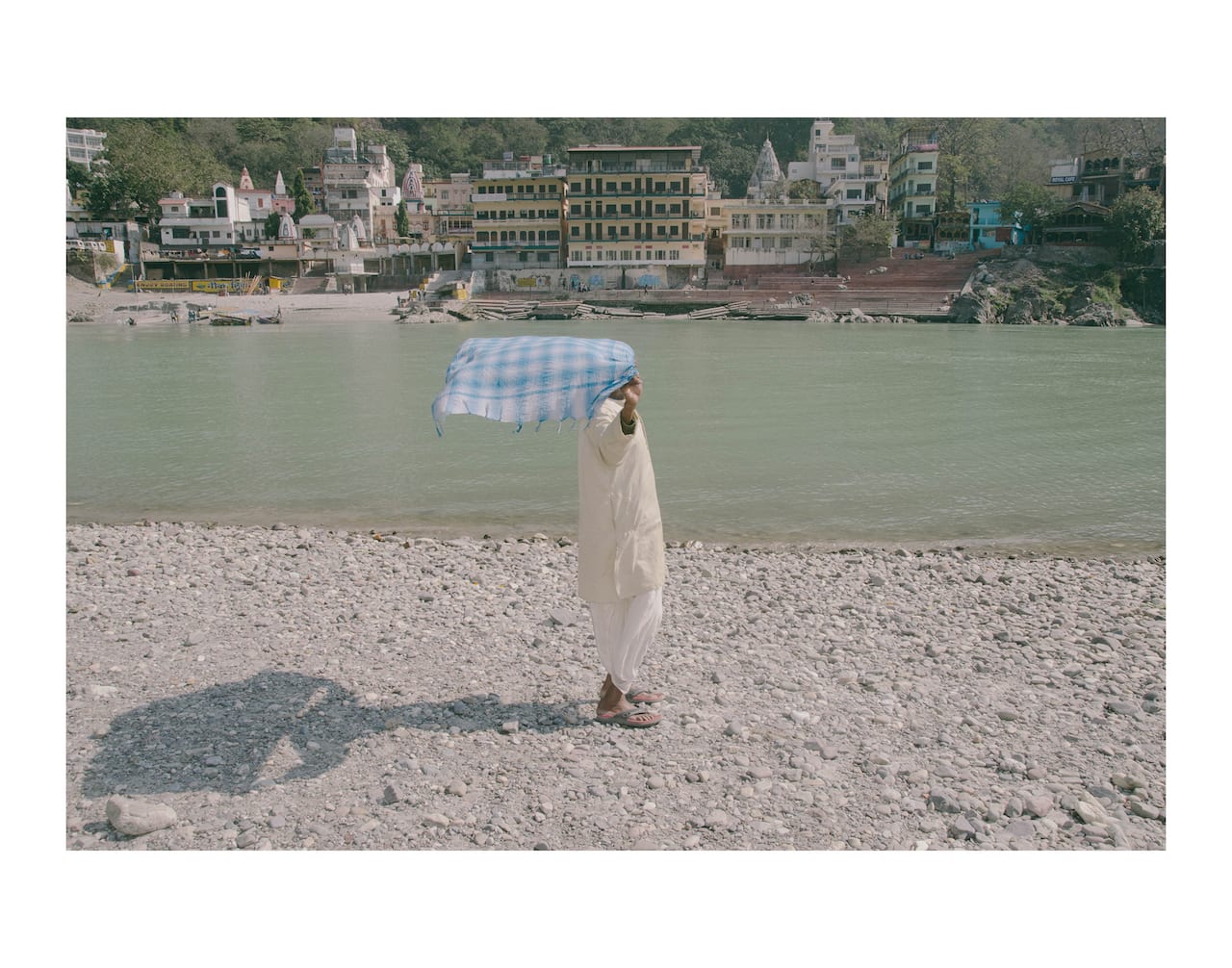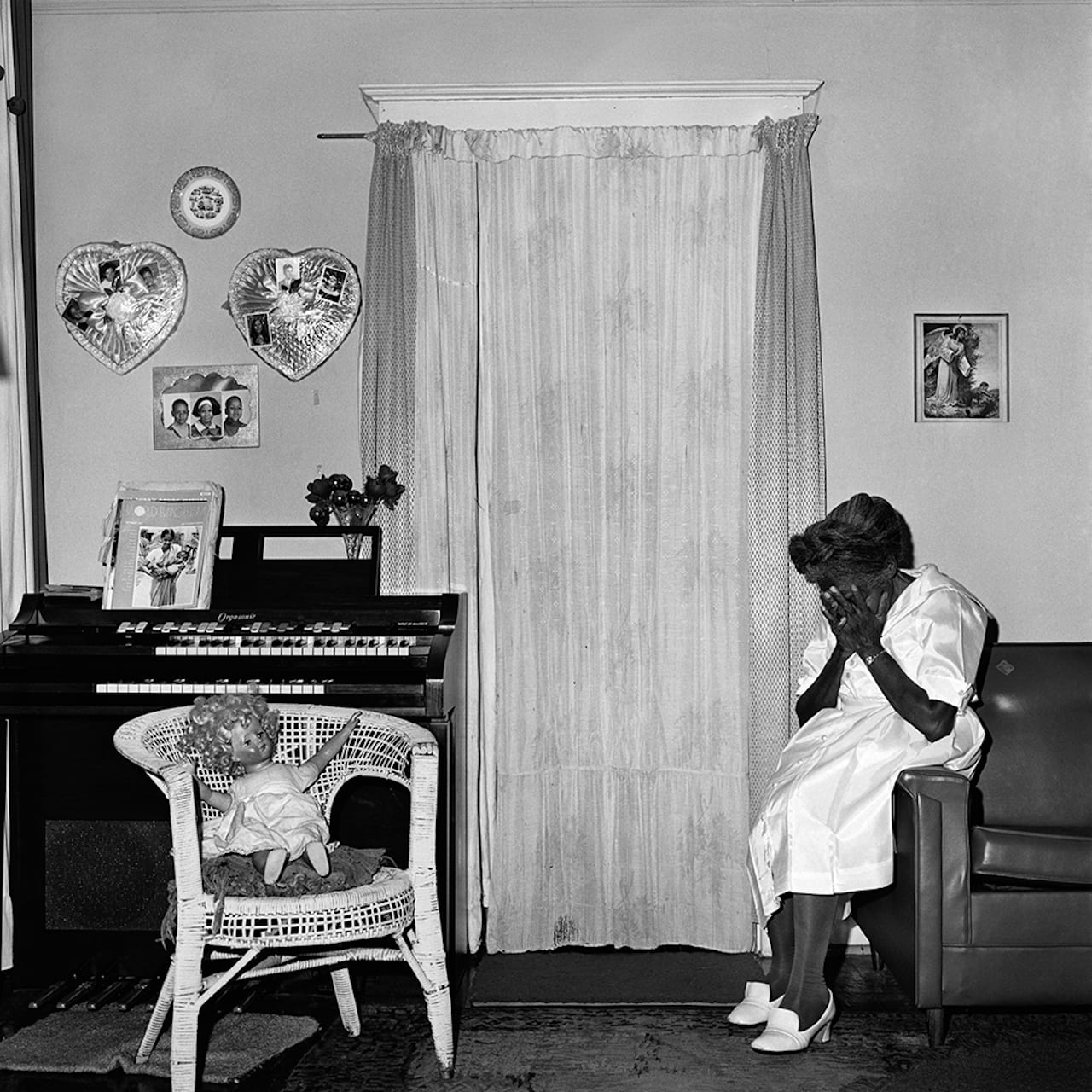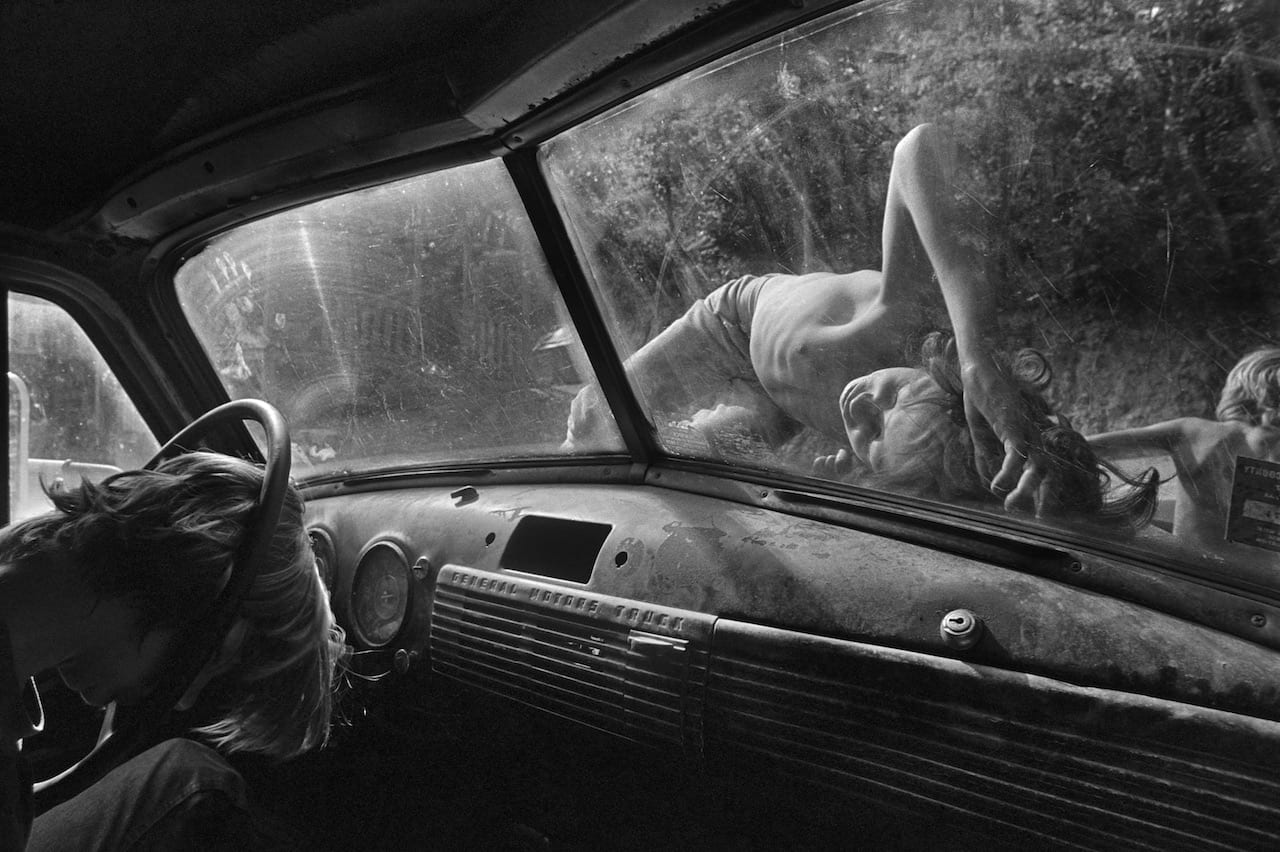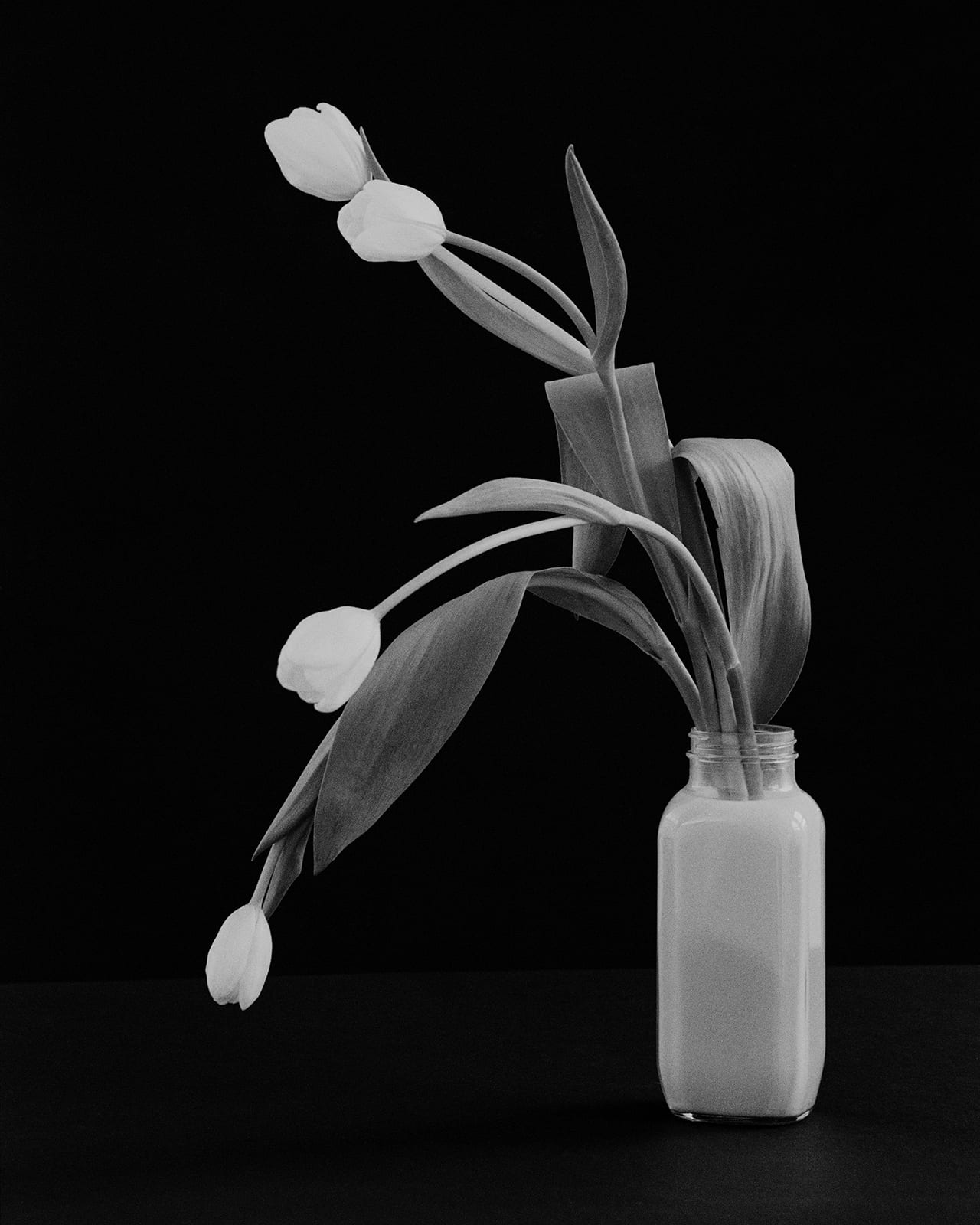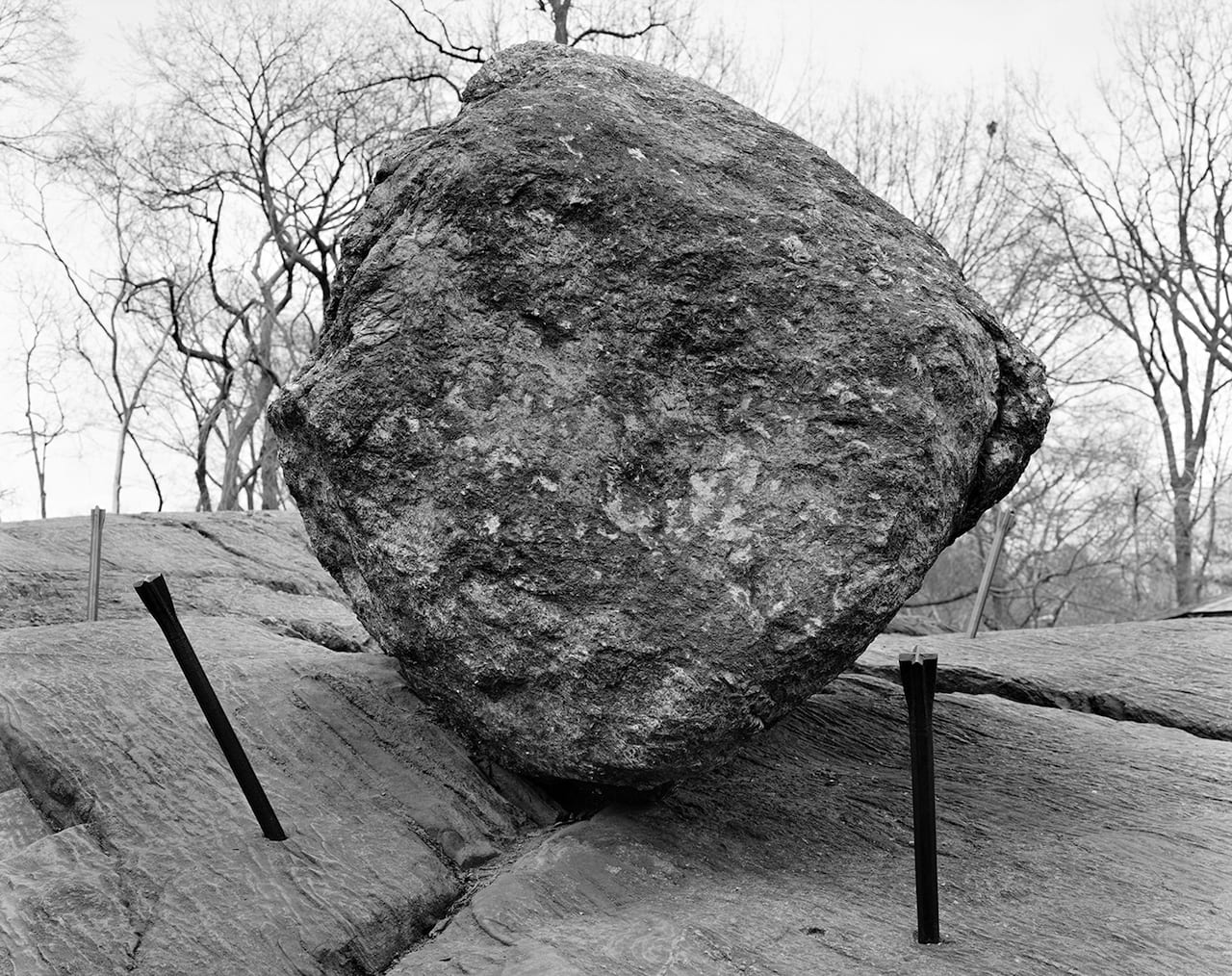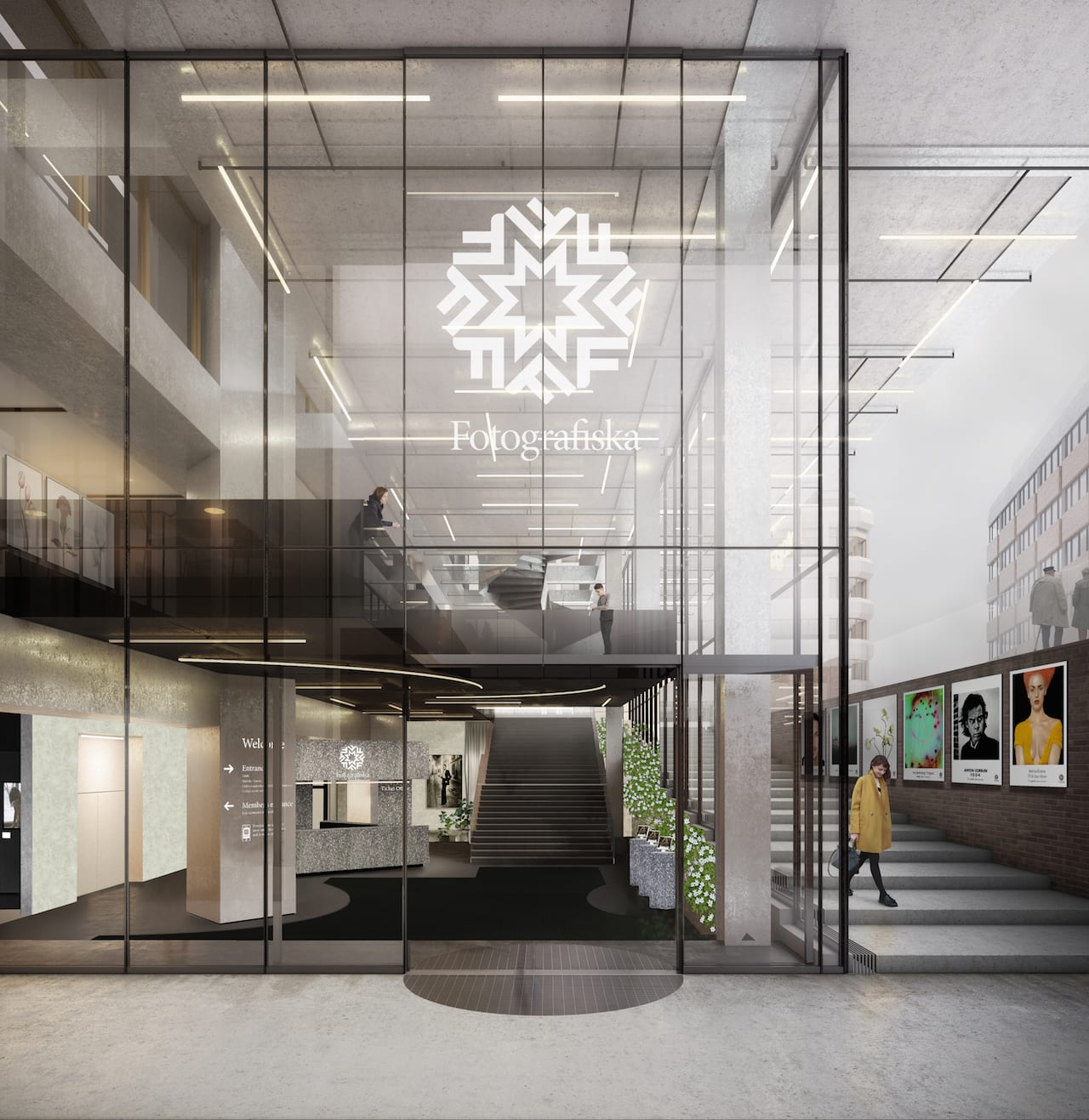Since its discovery in 2009, Vivian Maier’s work – and her life – has attracted global attention. It been exhibited all over the world, featured in mainstream media outlets, and circulated in multiple books and films. Even so, many details of the American street photographer’s life remains a mystery.
We know that she worked as a nanny for 40 years in Chicago, and that she liked to spend time walking the streets, taking photographs with her Rolleiflex camera – with and without the children she was looking after. We also know that Maier took more than 150,000 photographs, many of which remain unseen, mostly of the people and architecture in Chicago, New York and LA, but also of herself, and her young charges.

